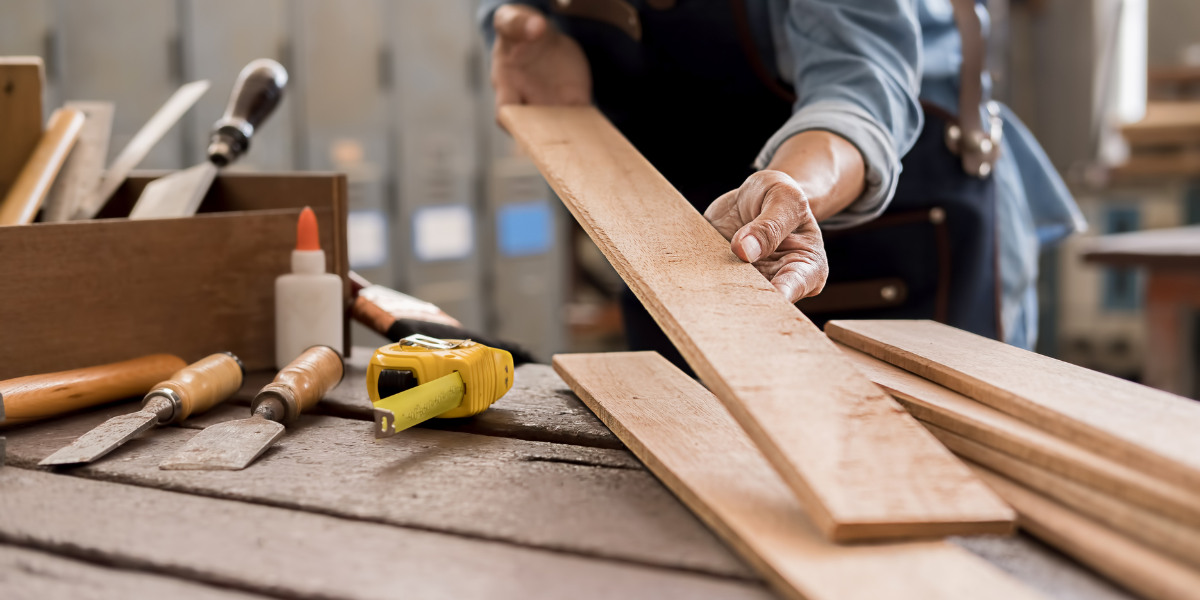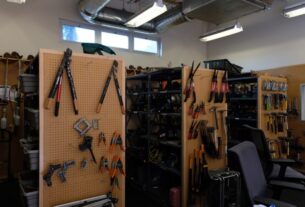Lumber tools are essential for any woodworker. Whether you are a professional carpenter or a DIY enthusiast, having the right tools can make all the difference in your project’s success. In this comprehensive guide, we will cover everything you need to know about lumber tools, from the basics to the advanced techniques.
[h2]Understanding Lumber Tools[/h2]
Before we dive into specific lumber tools, let’s first understand what they are and why they are important. Lumber tools are instruments used to shape and manipulate wood. They range from simple hand tools like saws and chisels to complex machines like planers and jointers.
The use of proper lumber tools is critical because it ensures precision and accuracy in shaping wood. Without the correct tool, a craftsman risks damaging their material or producing subpar results.
[h2]Types of Lumber Tools[/h2]
There are many different types of lumber tools available on the market today. Here are some of the most commonly used ones:
1. Hand Saws – Hand saws are an essential tool for cutting wood. There are several types of hand saws available, including coping saws, crosscut saws, rip saws, and more.
2. Chisels – Chisels are used for carving and shaping wood. They come in various shapes and sizes, including straight chisels, gouges, and V-gouges.
3. Planes – Planes are used to smooth and flatten wooden surfaces. They come in different sizes and can be electric or manual.
4. Jointers – Jointers are used to create flat edges on boards before joining them together.
5. Drill Presses – Drill presses are used to drill precise holes in wooden surfaces.
6. Router Tables – Router tables allow craftsmen to create intricate designs on wooden surfaces using routers.
[h2]Choosing the Right Lumber Tool[/h2]
Choosing the right lumber tool for your project can be a daunting task. Here are some factors to consider when selecting a tool:
1. Project Type – The type of project you are working on will determine the tools needed. For example, if you are building a table, you will need different tools than if you were creating a picture frame.
2. Material Type – The type of wood being used will also affect the tools required. Hardwoods require different saws and chisels than softwoods.
3. Skill Level – Your skill level should also be taken into account when choosing a tool. Some tools require more experience and technique to use correctly.
4. Budget – Finally, budget is an important factor to consider. Some tools can be quite expensive, so it’s essential to determine which ones are necessary for your project.
[h2]Tips for Working with Lumber Tools[/h2]
Working with lumber tools requires patience, practice, and attention to detail. Here are some tips to keep in mind when using these instruments:
1. Safety First – Always wear protective gear like gloves and goggles when operating lumber tools.
2. Keep Tools Sharp – Sharp tools produce better results and are safer to use than dull ones.
3. Measure Twice, Cut Once – Take accurate measurements before cutting or shaping wood to avoid mistakes.
4. Practice Makes Perfect – Don’t be discouraged if your first attempts don’t turn out perfectly. With practice, you’ll develop your skills and get better results.
[h2]Conclusion[/h2]
Lumber tools are essential for any woodworker looking to create beautiful and functional projects. By understanding the different types of tools available, choosing the right one for your project, and following safety protocols and best practices, you can achieve great results with these instruments.
If you’re looking to learn more about lumber tools or want to purchase some for your next project, be sure to check out our recommended wiki reference and other authoritative websites below.
Wiki Reference: https://en.wikipedia.org/wiki/Woodworking_tools




